 |
Bad Bug Zapper |
| About 6 months ago, I
purchased an electric bug zapper (“Stinger”, made by Kaz, Inc. in Southborough
Massachusetts) for my shop. Ugly flies buzzing around my head and biting my
legs and arms while trying to work were driving me nuts so I thought this product
would help knock down the fly population. I figured I could leave it plugged
in day and night and let it zap away. It was a classic design with a high
voltage screen grid inside a plastic case and an ultraviolet lamp, to attract the
insects. |
|
|
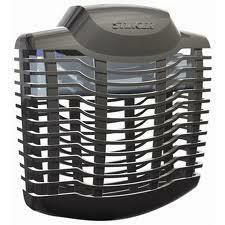
|
After about 5 months of operation,
just about a month ago, I was working in my shop when I heard a funny noise.
I saw out of the corner of my eye a big flash of light, coming from the bug
zapper. I looked over to see a big cloud of smoke and sparks flying
several feet in all directions from the it. By the time I ran over to
unplug it, it was already dead. I was very glad that it had failed when I
was in the shop. The sparks and flames were massive enough that they could
have easily started a fire. |
|
I opened up the
Stinger to see the extent of the damage. Based on the R and C numbers on
the circuit board silkscreen, there were at least three resistors and a diode,
charred beyond recognition. Two power transistors were also cracked and burned.
Nearby wires and capacitors were also scorched. I did see a fuse, at
the 120vac input. It measured an open circuit, so it did limit the arcing.
Still, it seemed to me that the arcing and sparking I saw went on for several
seconds, so I wondered why the fuse had not blown sooner, before the
catastrophic and violent breakdown occurred. |
| It looked like the
circuit was broken into two halves. One half was dedicated as a ballast
driver for the UV fluorescent lamp, using a number of high voltage capacitors to
limit the lamp current. The second half generated the high voltage for the
bug zapping grid. The failure occurred somewhere in the HV section.
However, the circuit board charring was so extensive that it was impossible to
reconstruct the failure sequence. |
|
“Stinger” Bug Zapper |
|
|
The device did carry a UL
safety sticker. But, how could this product get the UL safety listing and fail
so violently? About two decades ago, I pushed a number of products through UL.
Back then, UL required detailed accounting for each and every component. They
wanted failure trees and outcomes. All parts had to be overrated, so none were
pushed to their limit. Component spacing had to exceed their guidelines to minimize
arcing. A non-conductive conformal coating was also something that UL liked, whenever
the electronics was exposed to the outside. No such coating was on this circuit
board. Has UL watered down their testing program or was this manufacturer cheating?
Perhaps once they got the UL sticker, they made changes to the circuit, making it
cheaper but less safe. It seemed to me that a product should be designed in such
a way that the kind of large, almost explosion like action that I saw, would not be
possible.
I wonder how many other
products like this are in use around the country? How many house fires had been
started by this sort of failure? |
|
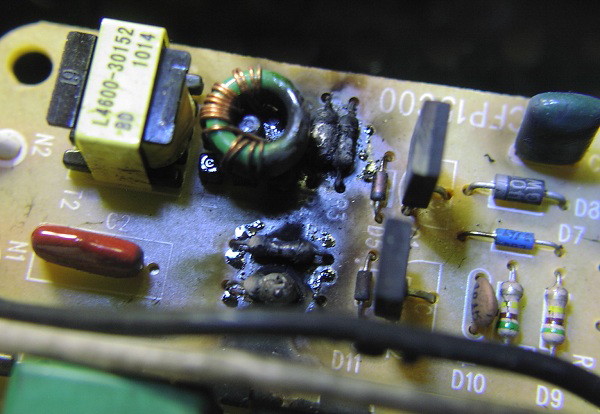 |
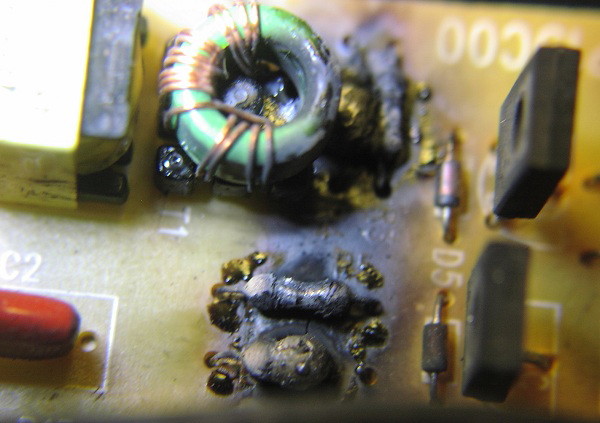 |
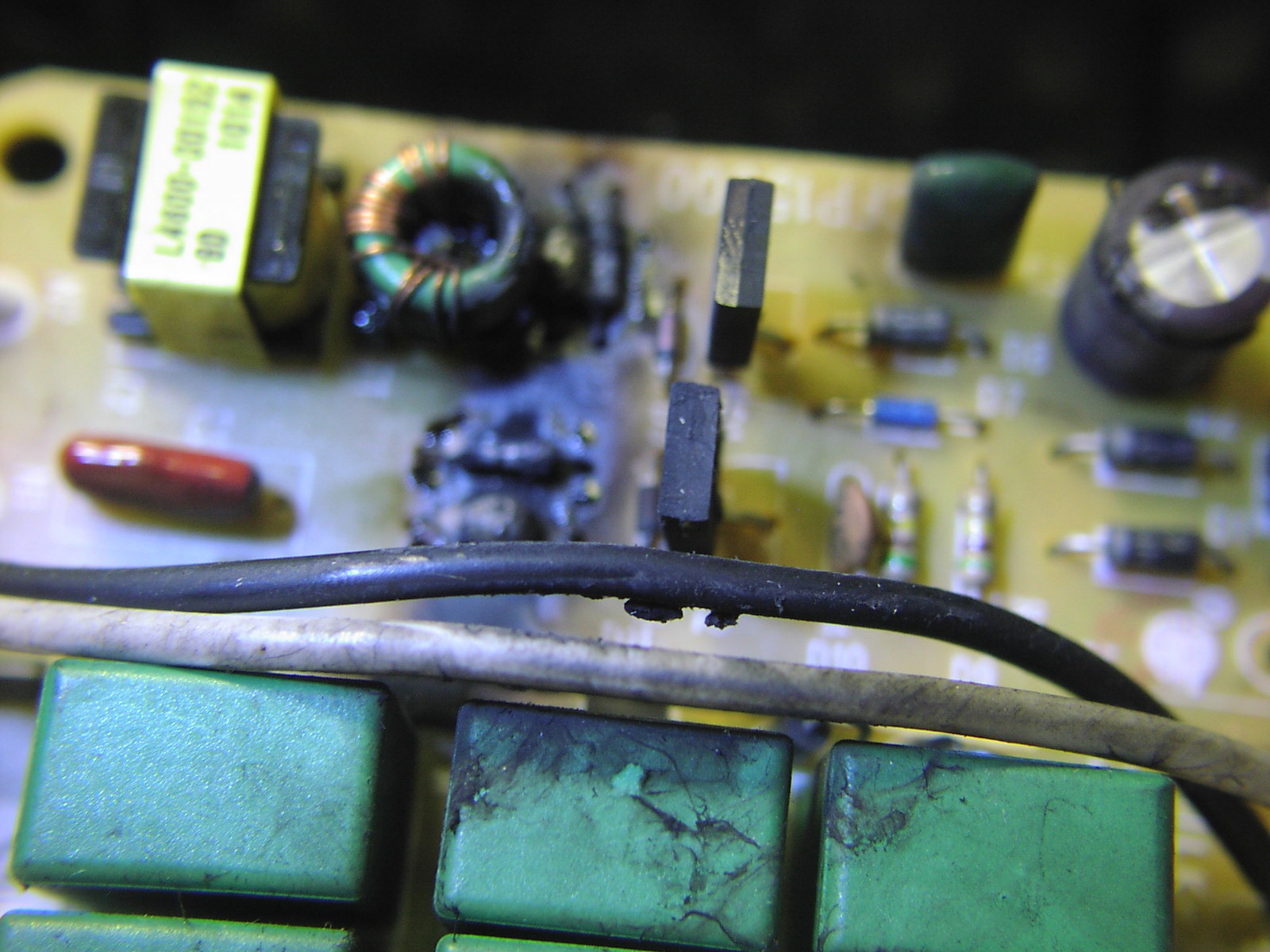 |
| Burned Components |
Charred
wires and capacitors |
|
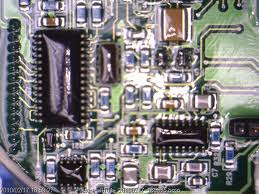
|
|
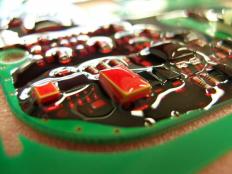
|
|
Circuit Boards with Conformal
Coating |
|
|